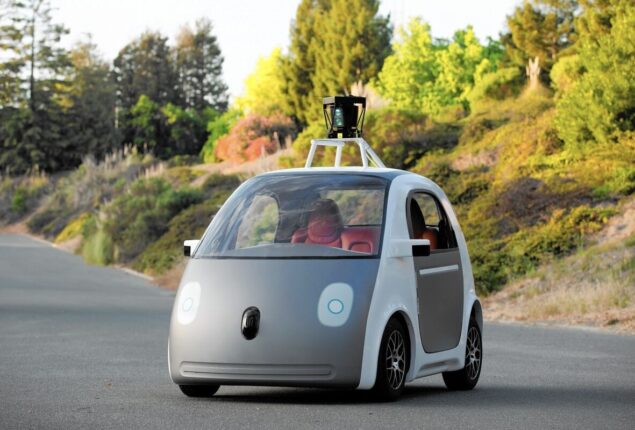EU reaches deal to ban CO2-emitting cars by 2035
Negotiators reached an agreement on legislation to phase out new CO2-emitting vehicles...

Self-driving cars were initially supposed to rule
Google and General Motors have spent billions on the self-driving car, the Holy Grail of driving technology, for over a decade. Experts predicted that such vehicles would revolutionize customer safety and convenience and be highly profitable for carmakers.
Recently, many major autonomous car players have scaled back or abandoned their grandiose goals. The hype-fueled industry’s latest acknowledgment that producing a decent self-driving car that’s also profitable may not happen soon was Ford and Volkswagen’s Argo AI shutdown last week.
Argo AI CEO and co-founder Bryan Salesky was part of a Carnegie Mellon University team that won a Pentagon competition in 2007 with a basic self-driving vehicle.
Salesky founded Argo, Dave Ferguson founded Nuro, and Drew Bagnell and Chris Urmson founded Uber-backed Aurora.
“We began out doing this stuff because it was cool and it was a neat notion, but we weren’t exactly sure how it was going to be used,” Salesky said in a 2019 interview.
Team self-driving Larry Page and Sergey Brin, Google co-founders, launched Waymo, a self-driving car venture, in 2009. Uber joined, fearing that self-driving would kill their company. Uber began in 2015 and sold it in 2020 after a lengthy fight with Alphabet.
GM bought a self-driving business in 2016. Ford launched Argo AI a year later. Uber quickly hired Carnegie Mellon engineers.
McKinsey projected that self-driving car investments exceeded $10 billion since 2010.
Self-driving advocates thought they had a winner. Driving kills the most people in many age categories. Traffic accidents have killed more Americans than all wars.
Investors salivated at the prospect of billions and millions of lives saved.
They predicted a large business. “$7 trillion when autonomous vehicles become mainstream,” asserted Intel.
Humbled but unbowed
Many industry leaders have quietly recognised and tweaked their business model in recent years. Urmson and Bagnell switched to highway-driving self-driving trucks, which are easier to grasp.
Ferguson quit the Google self-driving car project to found a startup that builds completely autonomous delivery cars. Since there are no passengers to safeguard, it’s easier. Google developed self-driving trucks.
Lidar developers and self-driving firms have seen their stocks fall recently.
Velodyne, Quanergy, Luminar, and Ouster stocks fell this year. Aurora, TuSimple, and Embark have also taken big hits this year.
Tesla’s driver-assist feature, which some like, is a beta product with space for refinement. The technology is also under official scrutiny.
Only VW and Ford’s Argo AI and GM’s Cruise concentrated on full self-driving cars.
One remains.
San Francisco’s Cruise midnight ridehail service made 84, 224, and 416 journeys in June, July, and August. Daytime traffic—including pedestrians and cyclists—makes driving tougher. Rides cost like Uber or Lyft.
Cruise lost $1.4 billion this year and cannot continue losing hundreds of thousands of dollars per trip. It will add Austin and Phoenix rides later this year.
Cruise CEO Kyle Vogt said “next year marks the beginning of our rapid scaling phase” last week.
There will be several issues. The local government worries about Cruise’s expansion’s safety and traffic.
Ford CEO Jim Farley agreed with seasoned industry observers Wednesday that self-driving technology has a long way to go.
Ford’s 2017 intentions to widely deploy self-driving cars in 2021 have evolved, Farley said.
Instead, it focuses on innovative driver-assist technologies.
Except for Tesla, automakers use Mobileye’s driver-assist technology. Last week, Intel split out Mobileye, raising $861 million. Even without completely driverless vehicles, the successful IPO implies a strong demand for driver-assist technologies.
Catch all the Sci-Tech News, Breaking News Event and Latest News Updates on The BOL News
Download The BOL News App to get the Daily News Update & Follow us on Google News.